“What is your candid opinion of marriage?” Jacqueline Bouvier asked. The year was 1953. At that point, Bouvier–before she became Jackie Kennedy–was the journalist and photographer behind her own newspaper column, “Inquiring Camera Girl,” for Washington Times Herald. Every week between fall 1951 and early summer 1953, she produced several columns, asking people on the street their opinions about a particular topic and taking their photographs. By the time “Inquiring Camera Girl” was done, Bouvier had produced some 4000 interviews, 2600 images, and nearly 600 columns.
From the time she was young, Bouvier was creative, a talented writer, and whip smart–maybe even more than some people wanted her to be. Her first grade teacher cited her as "a darling child, the prettiest little girl, very clever, very artistic, and full of the devil." This continued well into high school, where her boarding school yearbook referred to her “wit, her accomplishment as a horsewoman, and her unwillingness to become a housewife,” according to The New Yorker.

In 1951, Bouvier even landed a junior editor position at Vogue, winning what was then their annual Prix de Paris contest–six months editing in Paris and then work in New York. But her mother encouraged her not to go, afraid she’d stay in Paris. According to biographer Donald Spoto, her mother even suggested Bouvier perhaps wasn’t "sophisticated" enough for such a position anyway–it would be better if she’d try to find a husband. Despite promising her mother she’d give it up, Bouvier took the position but decided the world of fashion ultimately wasn’t for her.
Bouvier wanted to see the world, and she wanted to write. As a graduation present, her parents gave her a trip to Europe with her sister Lee, later Lee Radziwill, who had just graduated high school. Bouvier chronicled the trip and it ultimately became her book One Special Summer, her only autobiography, published with Lee some 23 years later in 1974. Bouvier had long been a talented writer, driven by wit and whimsy, with a penchant for drawing–this book is one of the few places these drawings live in print.
Bouvier’s stepfather helped her get a job working in the offices of Washington Times Herald, but after a successful pitch, she became a reporter. Her column “Inquiring Camera Girl” arrived that fall--as biographer Carl Sferrazza Anthony, who wrote the 2023 book Camera Girl: The Coming of Age of Jackie Bouvier Kennedy to great acclaim, shared on TikTok (see below), the column had been anonymously titled "Inquiring Fotografer" before she made it a success. It led to not just interviews with Washington heavyweights like Richard Nixon, then one of California’s senators, but to coverage of Dwight D. Eisenhower’s presidential inauguration and Queen Elizabeth II’s coronation.
@csajune #jackiekennedy #jackiekennedystyle #kennedy #biography #cameragirl #cameragirlbook #bouvier #jackieo #jfk #jackkennedy #jfk #firstlady #flotus #jackiebouvier #simonandschuster #gallerybooks #photographer #newspaper #columnist #graflex #graflexspeedgraphic #inquiring #daily
In September 1953, Bouvier married a young senator from Massachusetts named John Fitzgerald Kennedy. Her writing work didn’t stop there. Carl Sferrazza Anthony found that she actually worked on several of JFK’s speeches. According to TIME, “While the pair were dating, she wrote an 84-page report for the then-Senator on France’s political, social, military, and economic control of Vietnam…JFK used sections from the report in his first major foreign policy speech to the Senate in 1953.” The following year, he also used the report in a speech “that earned him his first national press coverage as a potential presidential candidate, helping to pave his path to the White House,” the magazine shared.
Bouvier’s love of the written word never ended. She even worked on The White House's first guidebook in 1962. According to the JFK Library, "with the newly appointed White House curator, she approved the guidebook's text, chose which photographs would be featured, and designed the layout." In 1975, she not only wrote a piece for The New Yorker covering the new International Center of Photography, she became a consulting book editor with Viking Press, later quitting to work at Doubleday. Throughout her nearly 20-year career in the book publishing industry, she “acquired nearly 100 works of fiction and nonfiction,” Town & Country wrote, “working as an editor continuously until her death.” Even while undergoing cancer treatment, she was reading manuscripts and providing feedback. Indeed, it was because of her that the now-lauded Joseph Campbell text The Power of Myth even made it to bookshelves.
Even then, in the 1970s, the age of liberation, she had to endure the question of why she wanted to work–perhaps because at that point she had inherited $26 million from the estate of her deceased husband Aristotle Onassis. The question was posed by Ms. Magazine, and in 1979 she was the magazine’s cover star. Answering “Why Does This Woman Work?” for the magazine was none other than Jackie herself. In a piece she penned for the publication, she remembered the lives women were told to lead, to put their families first and forget about themselves and their ambitions. “There they were with the highest education and what were they to do when their children were grown? Watch the raindrops coming down the windowpane? Leave their fine minds unexercised?” she wrote. “Of course, women should work if they want to. And you have to do something you enjoy; that is the definition of happiness: complete use of one's faculties along the line of excellence and a life affording one's scope." As her high school yearbook foretold, she always craved so much more.@csajune #jackiekennedy #jackie #jackieo #onassis #kennedy #jacquelinekennedy #jackieonassis #jackiekennedyonassis #jacqueline #jacquelinekennedyonassis #jfk #kennedy #kennedyfamily #thekennedys #firstlady #flotus #whitehouse #potus #president #editor #publishing #work #job #love #columnist #newspaper #smiles
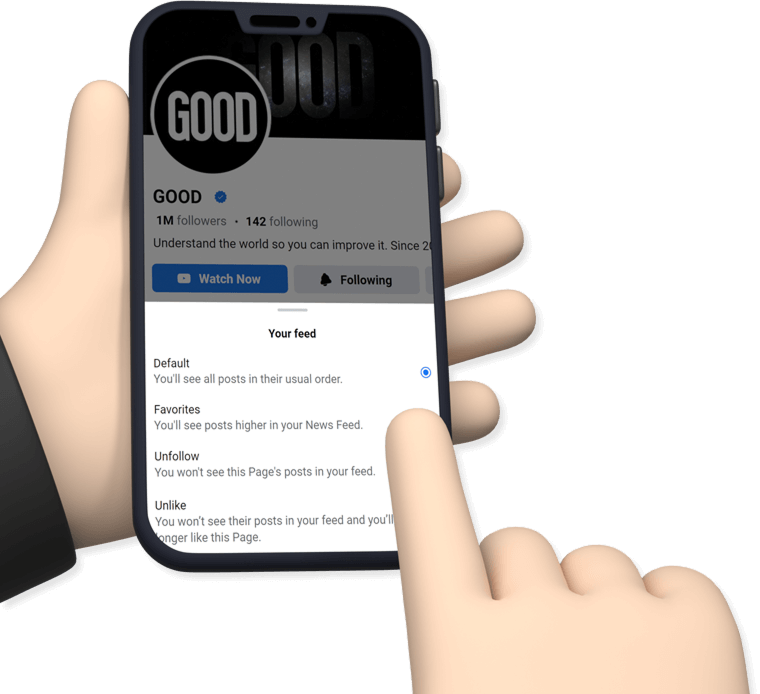






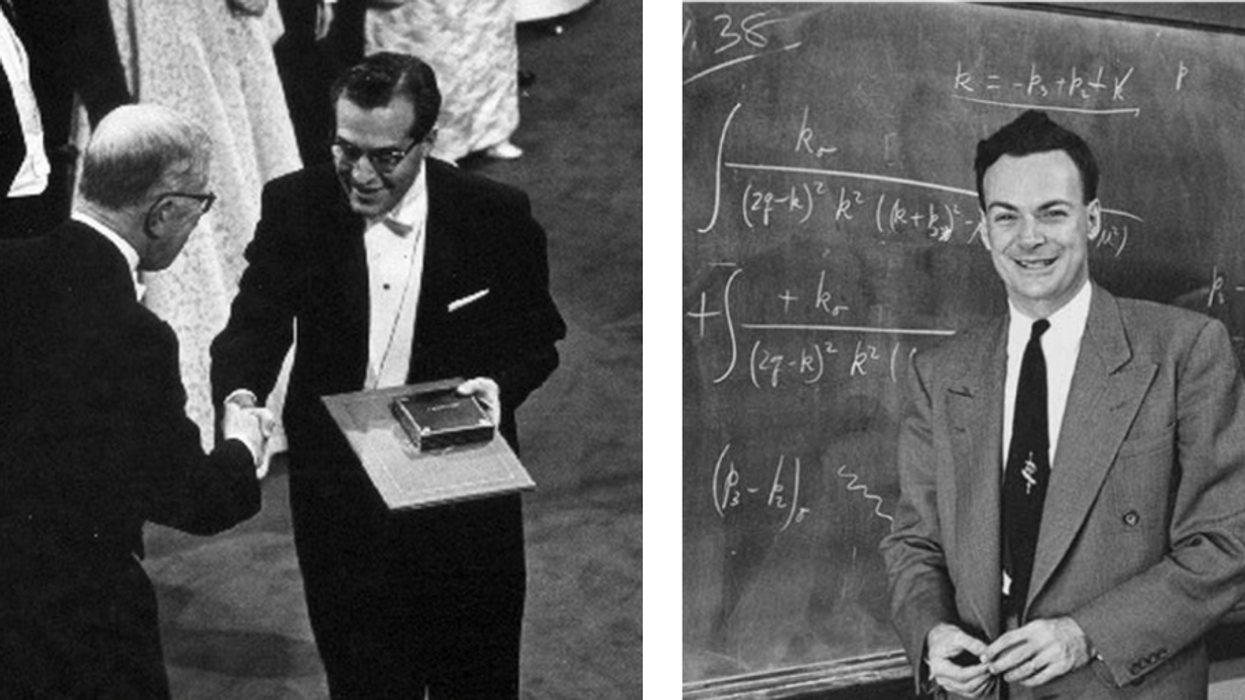
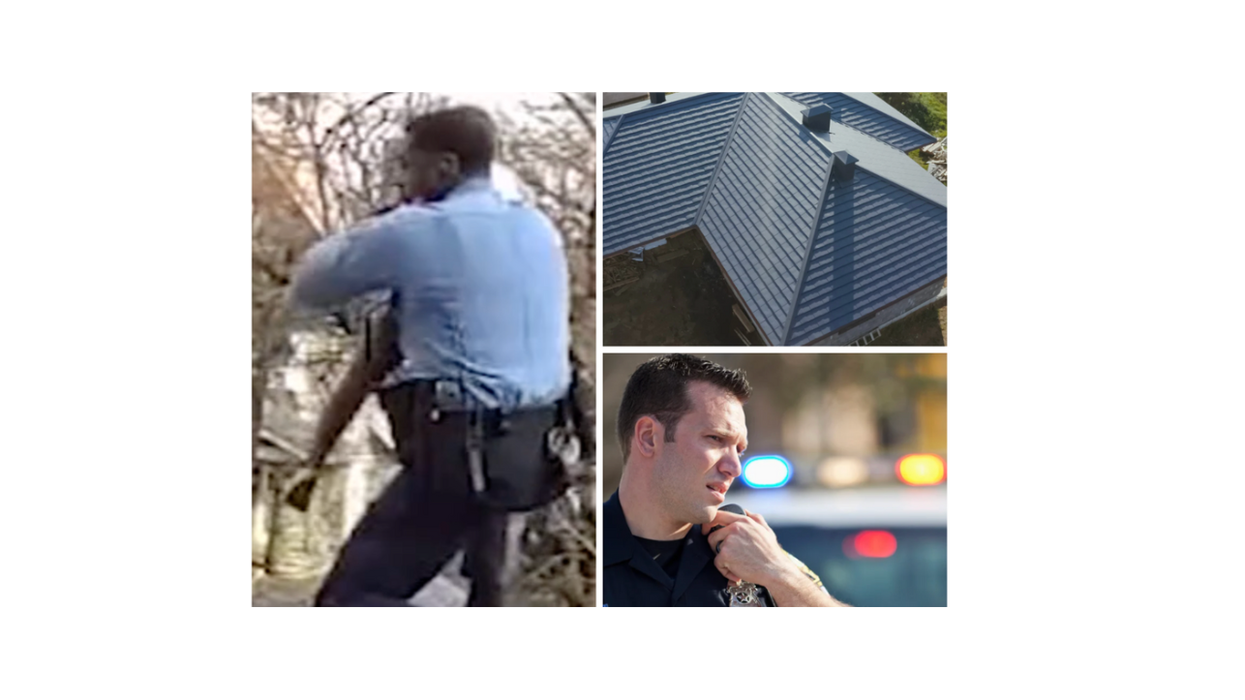
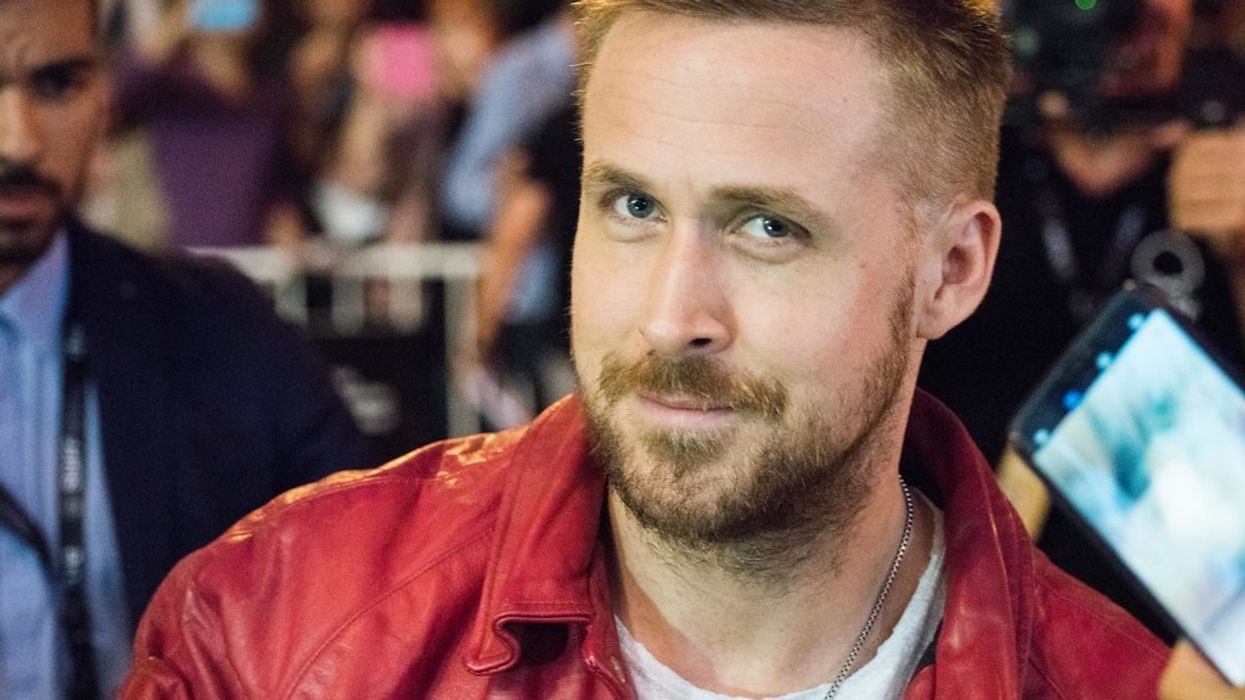
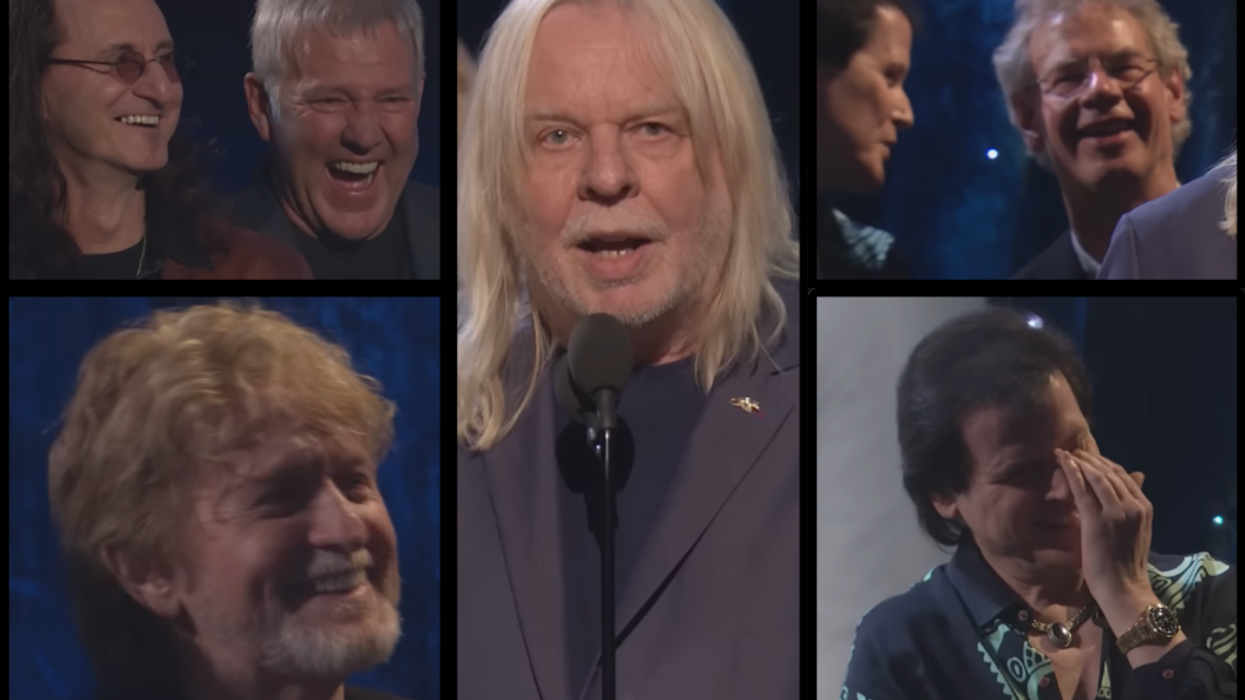

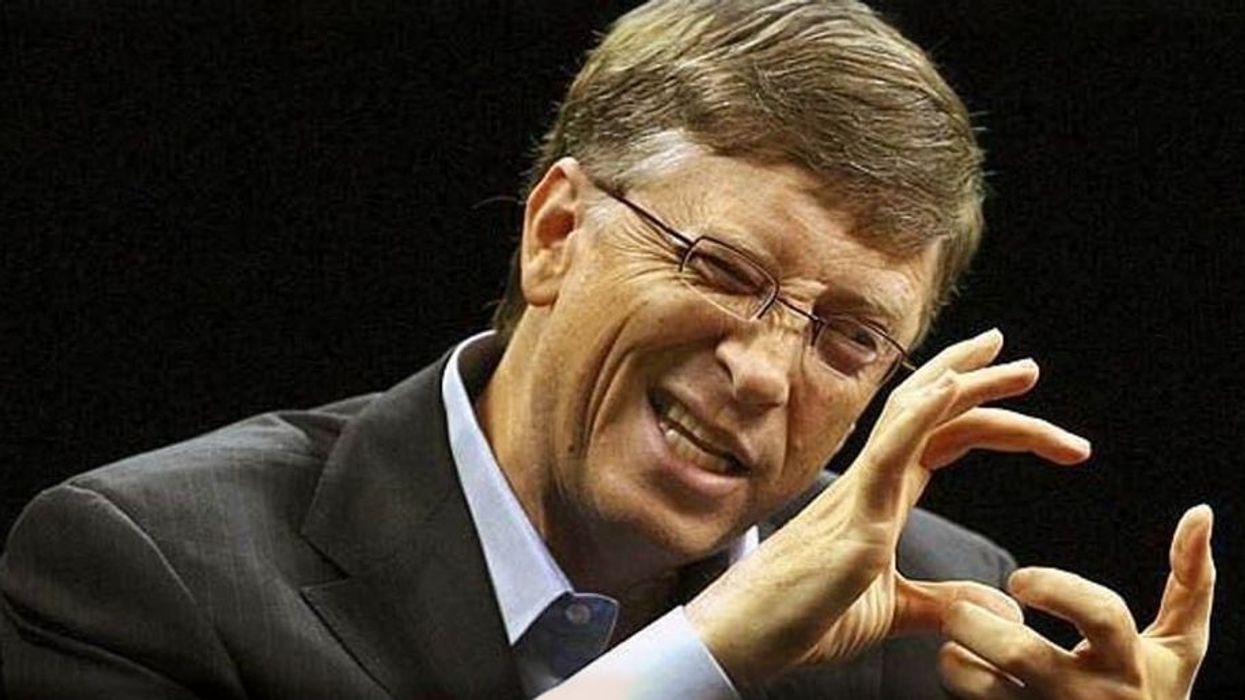

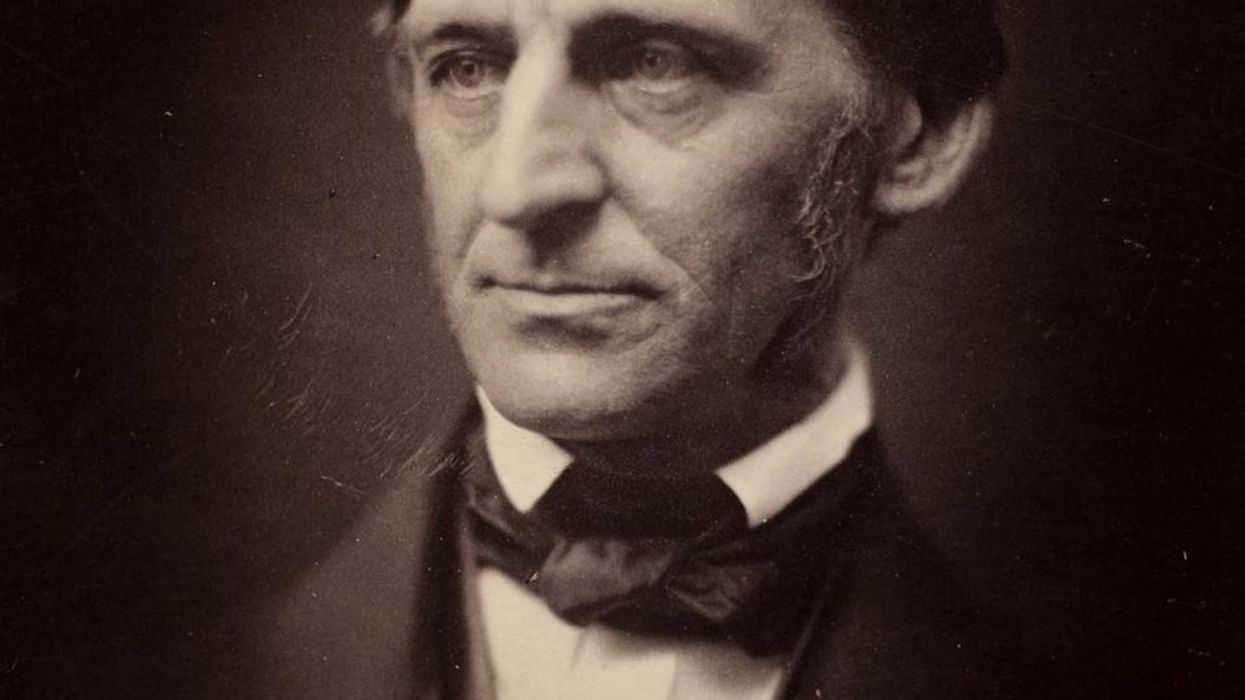


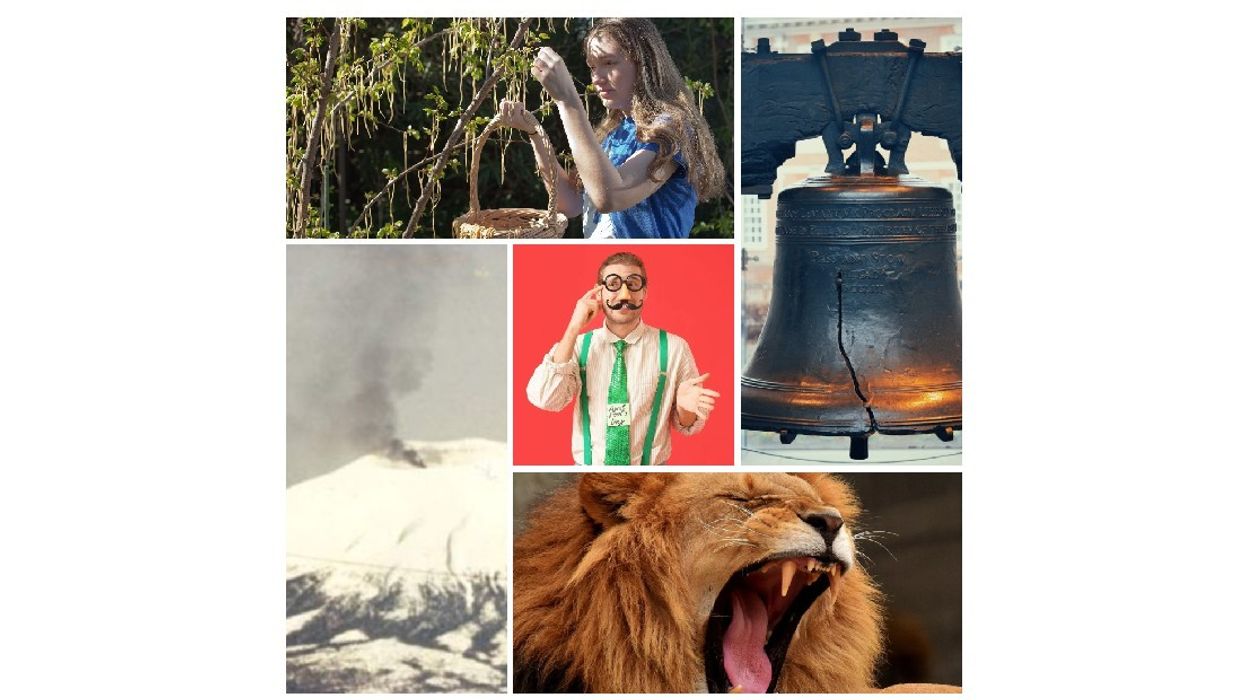
 Pictured: The newspaper ad announcing Taco Bell's purchase of the Liberty Bell.Photo credit: @lateralus1665
Pictured: The newspaper ad announcing Taco Bell's purchase of the Liberty Bell.Photo credit: @lateralus1665 One of the later announcements of the fake "Washing of the Lions" events.Photo credit: Wikimedia Commons
One of the later announcements of the fake "Washing of the Lions" events.Photo credit: Wikimedia Commons This prank went a little too far...Photo credit: Canva
This prank went a little too far...Photo credit: Canva The smoky prank that was confused for an actual volcanic eruption.Photo credit: Harold Wahlman
The smoky prank that was confused for an actual volcanic eruption.Photo credit: Harold Wahlman
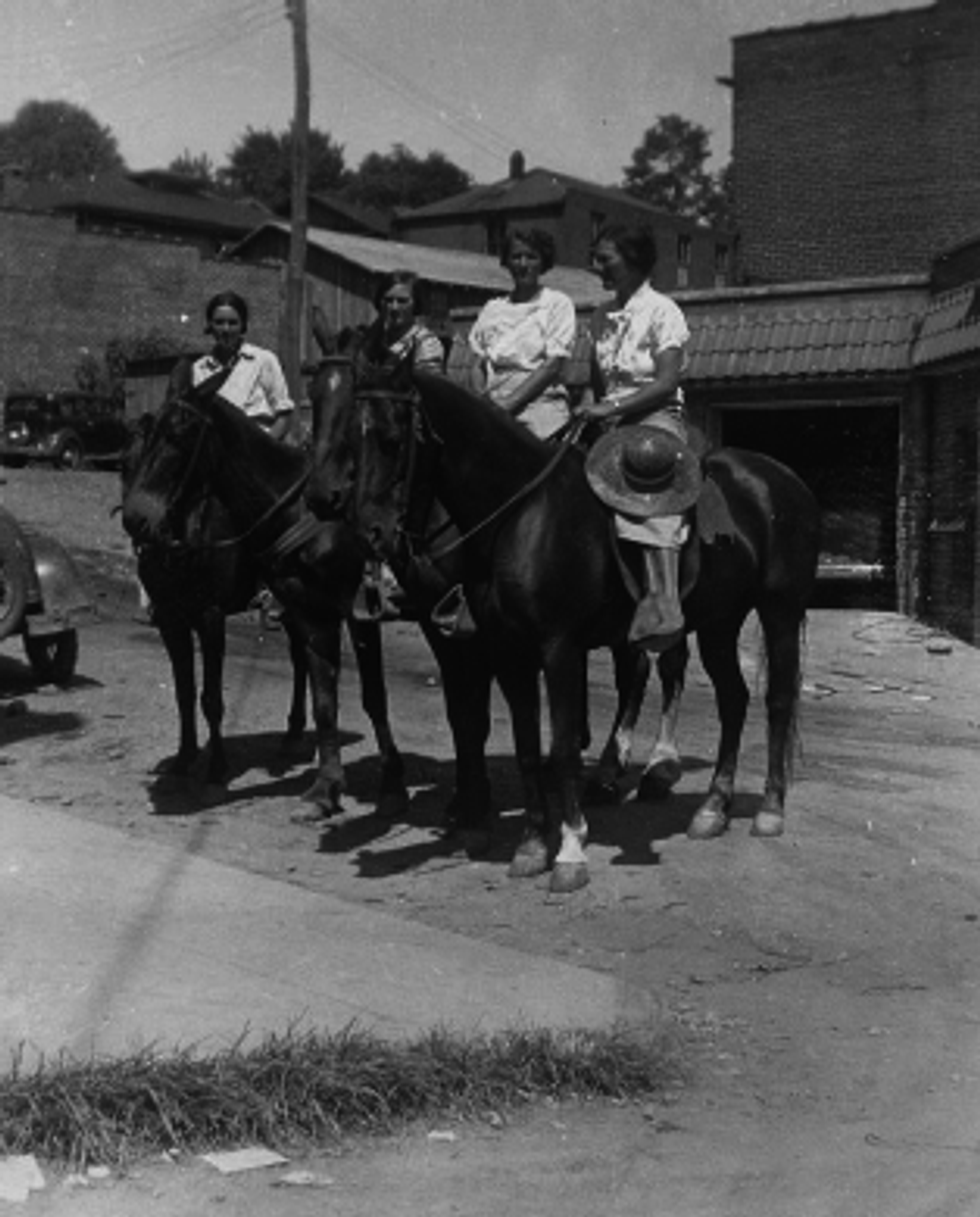 Packhorse librarians ready to start delivering books.
Packhorse librarians ready to start delivering books.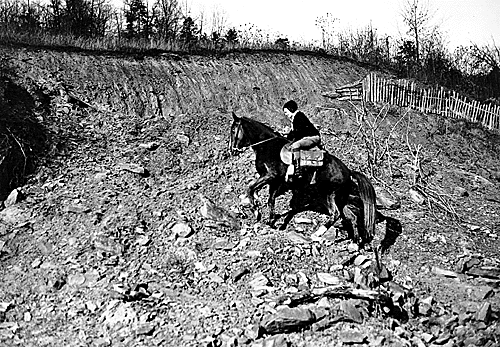 Pack Horse Library Project - Wikipedia
Pack Horse Library Project - Wikipedia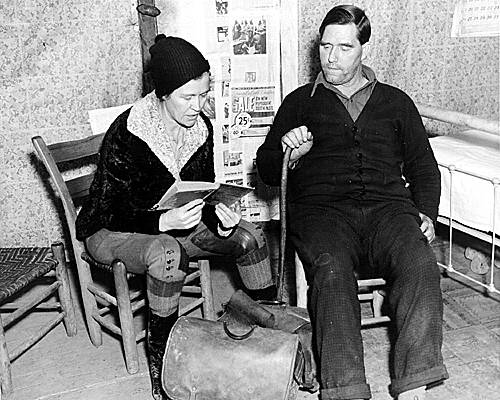 Packhorse librarian reading to a man.
Packhorse librarian reading to a man.
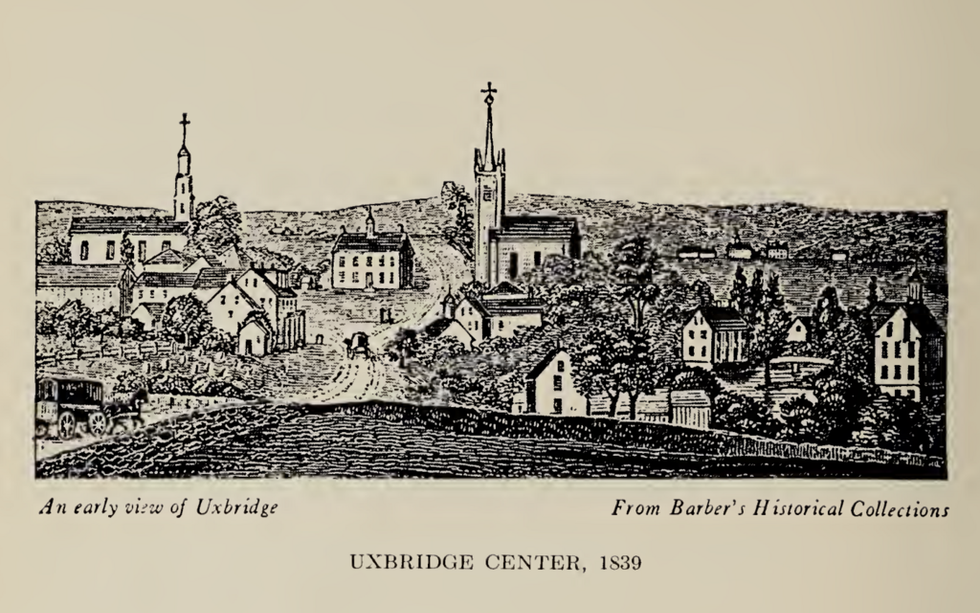 Fichier:Uxbridge Center, 1839.png — Wikipédia
Fichier:Uxbridge Center, 1839.png — Wikipédia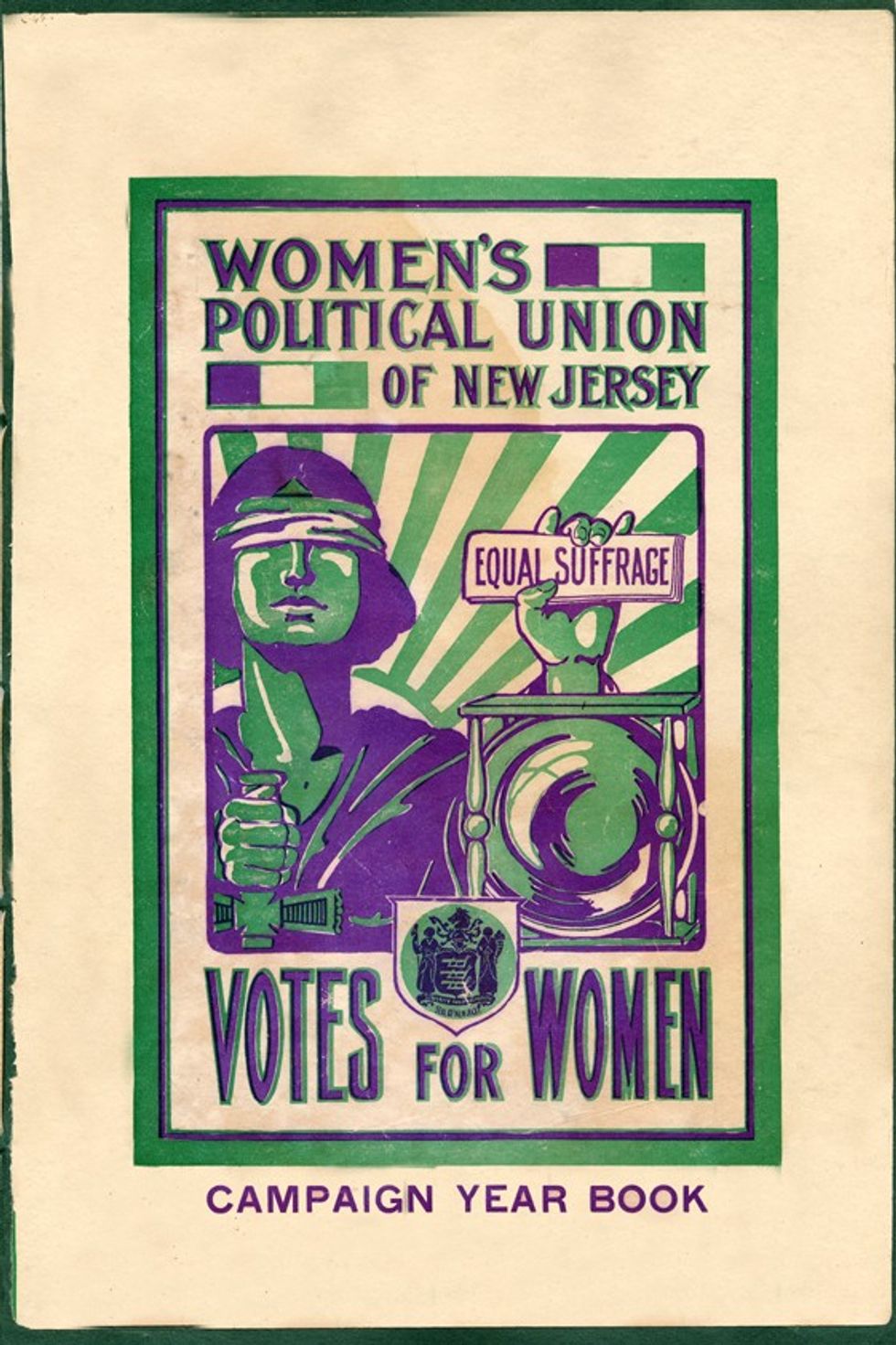 File:Women's Political Union of New Jersey.jpg - Wikimedia Commons
File:Women's Political Union of New Jersey.jpg - Wikimedia Commons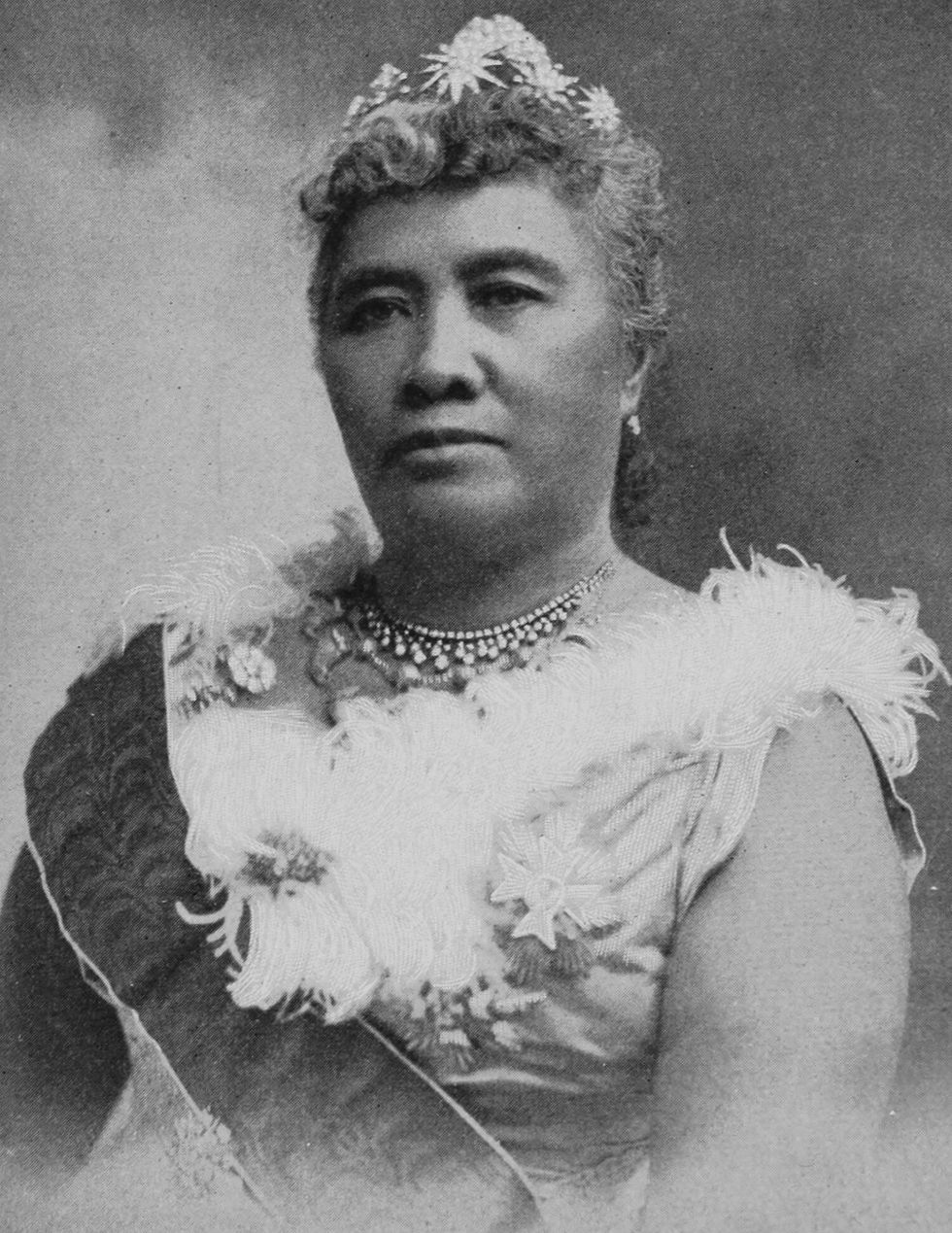 File:Liliuokalani, photograph by Prince, of Washington (cropped ...
File:Liliuokalani, photograph by Prince, of Washington (cropped ...
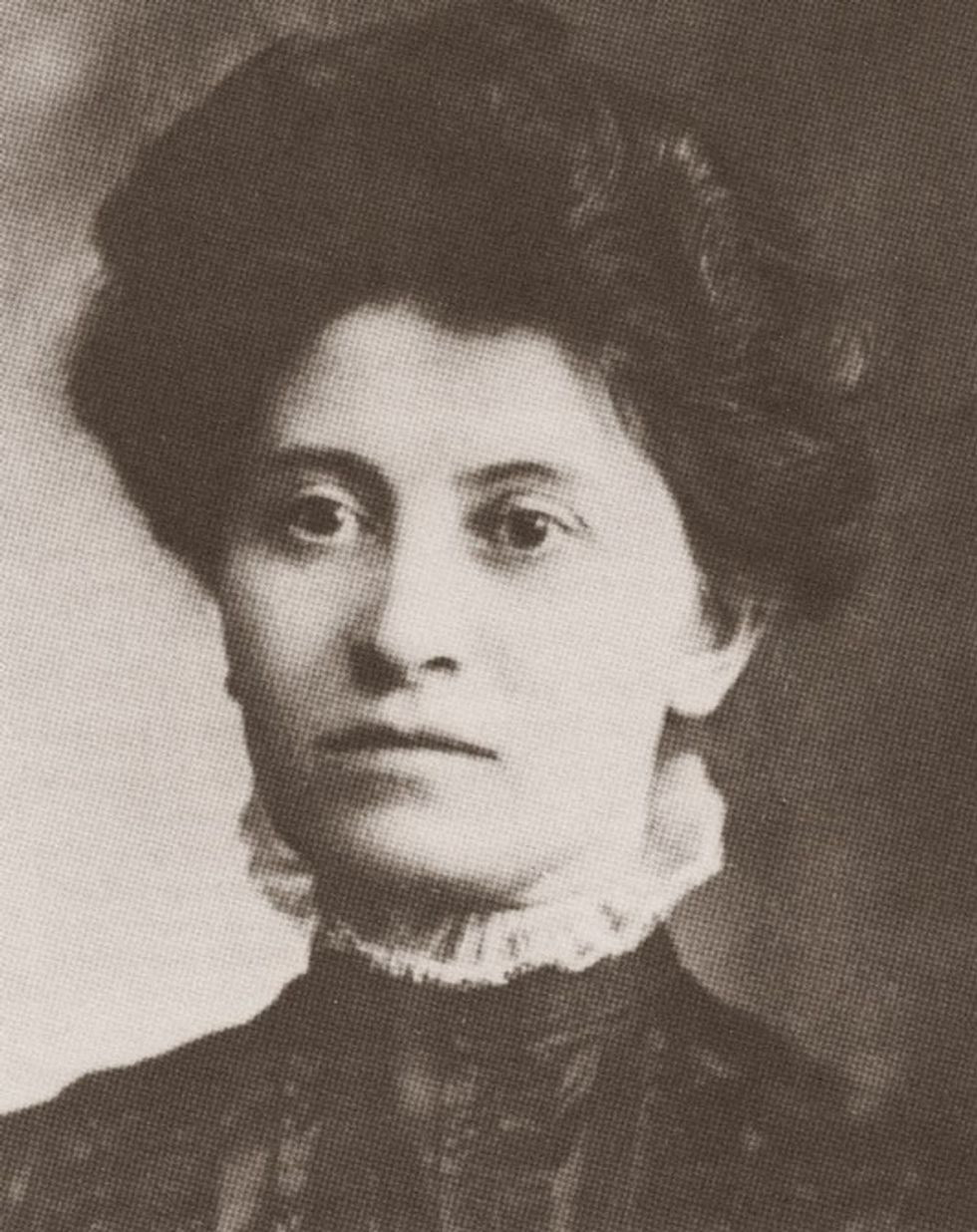 Theresa Malkiel
commons.wikimedia.org
Theresa Malkiel
commons.wikimedia.org
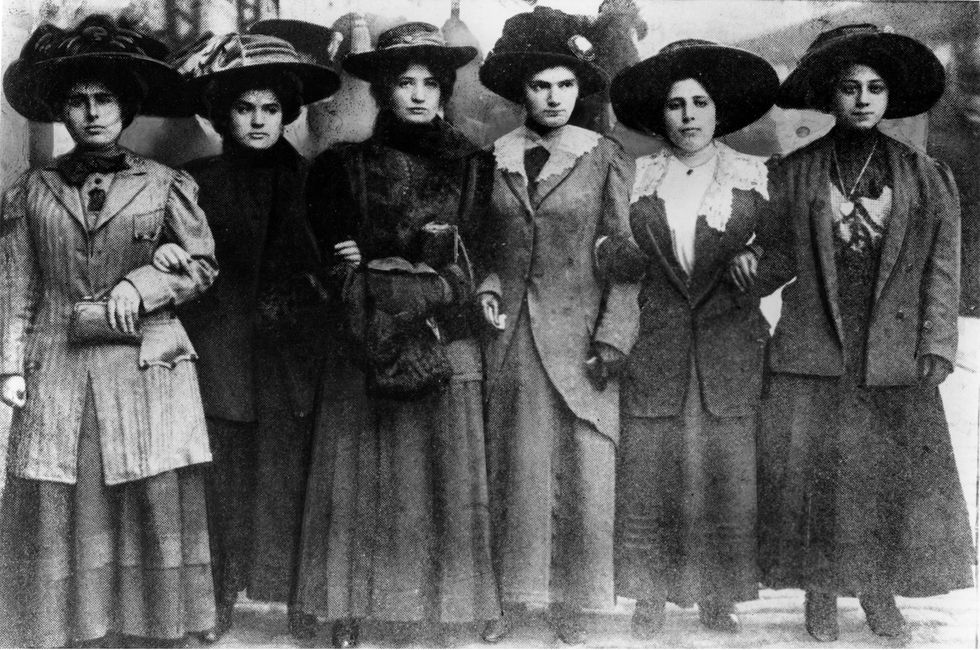 Six Shirtwaist Strike women in 1909
Six Shirtwaist Strike women in 1909
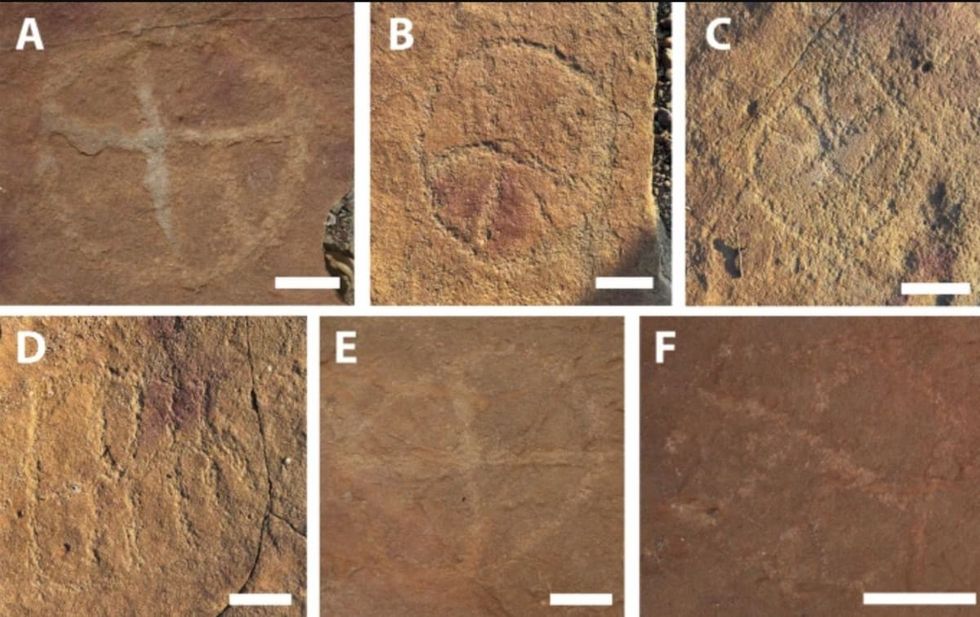 Image Source:
Image Source: 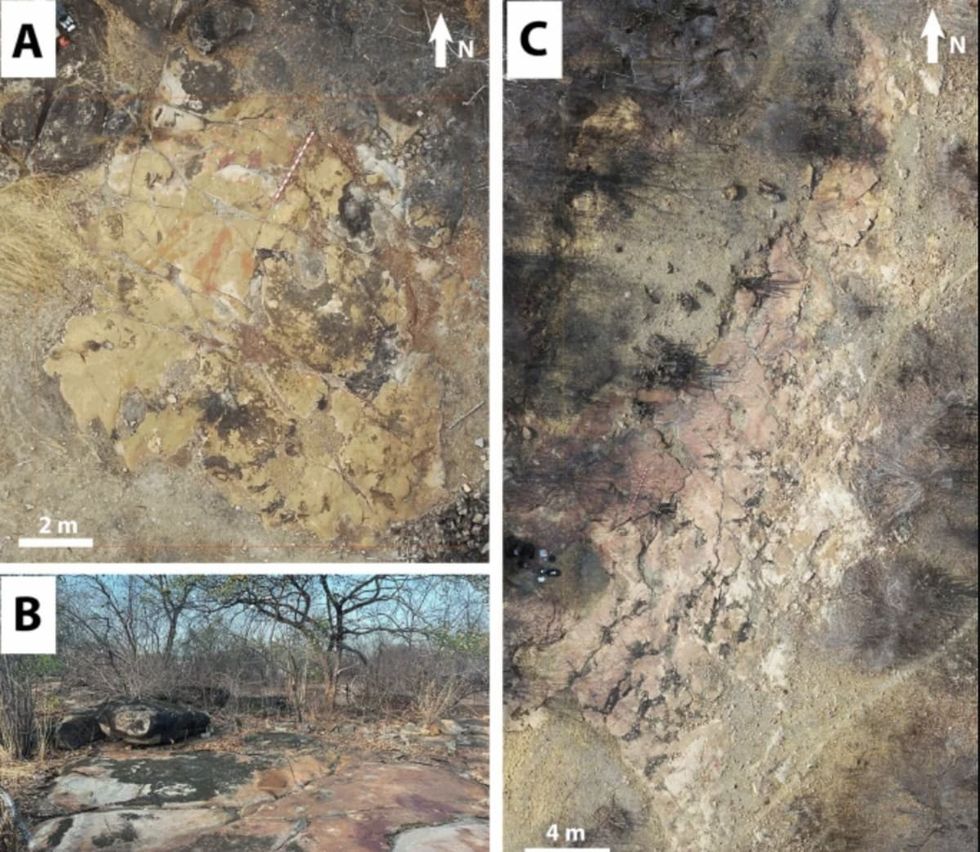 Image Source:
Image Source: 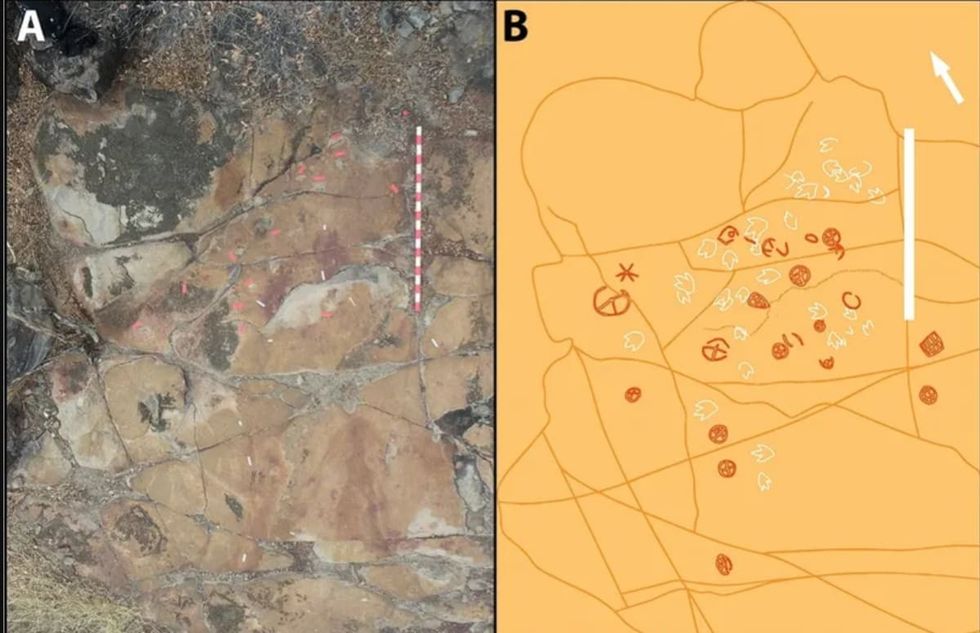 Image Source:
Image Source: 
